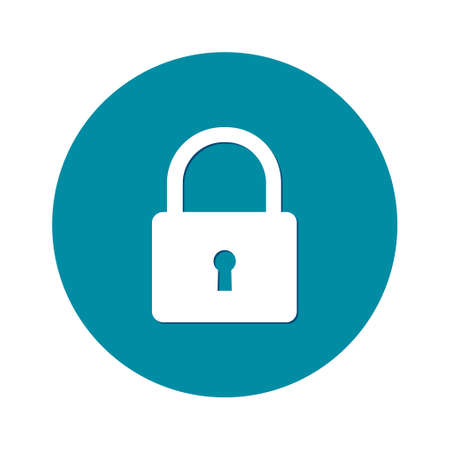
- By Shahzad Anjum 14-Jan-2023
- 395
Peer pressure: Young people may feel pressure from their peers to drink excessively in social settings. Lack of awareness of the risks: Young people may not be aware of the risks associated with binge drinkings, such as alcohol poisoning, accidents, and long-term health problems. Access to alcohol: Alcohol is widely available and easy to obtain, particularly in college communities where it is easy to buy and consume alcohol in large quantities. Stress and anxiety: Some young people may turn to alcohol as a way to cope with stress and anxiety. Marketing and advertising: Alcohol companies target young people through advertising, which can make drinking seem like normal and desirable behavior. Social norms: In some cultures, heavy drinking is a normal part of socializing and celebrating. Lack of parental supervision: Young people whose parents do not supervise are more likely to engage in binge drinking. Low self-esteem: Low self-esteem can make some people more susceptible to binge drinking as a way to cope with stress and anxiety.
Why Is Binge Drinking So Common Among Young People in the United States?
Binge drinking is a common problem among young people in the United States for several reasons. Some of the contributing factors include:
-
Peer pressure: Young people may feel pressure from their peers to drink excessively in social settings.
-
Lack of awareness of the risks: Young people may not be aware of the risks associated with binge drinkings, such as alcohol poisoning, accidents, and long-term health problems.
-
Access to alcohol: Alcohol is widely available and easy to obtain, particularly in college communities where it is easy to buy and consume alcohol in large quantities.
-
Stress and anxiety: Some young people may turn to alcohol as a way to cope with stress and anxiety.
-
Marketing and advertising: Alcohol companies target young people through advertising, which can make drinking seem like normal and desirable behavior.
-
Social norms: In some cultures, heavy drinking is a normal part of socializing and celebrating.
-
Lack of parental supervision: Young people whose parents do not supervise are more likely to engage in binge drinking.
-
Low self-esteem: Low self-esteem can make some people more susceptible to binge drinking as a way to cope with stress and anxiety.
It's important to raise awareness of the risks of binge drinking among young people and to provide them with the information and resources they need to make healthy choices. This includes educating them on the dangers of binge drinking, providing them with alternatives to drinking, and making it harder for them to access alcohol.
What age group has the largest participation in binge drinking?
Binge drinking is most prevalent among young adults, particularly those between the ages of 18 and 34. According to the Centers for Disease Control and Prevention (CDC), in 2021, about 58% of alcohol consumed by this age group was in the form of binge drinking.
However, it is important to note that binge drinking is not limited to young adults, and it can occur in individuals of all ages. The National Survey on Drug Use and Health (NSDUH) reported that in 2021, about 17% of adults ages 18 to 25 and about 7% of adults ages 26 and older engaged in binge drinking.
Binge drinking is defined as consuming a large amount of alcohol in a short period of time with the goal of getting drunk. It is a dangerous behavior that can lead to a variety of health problems such as alcohol poisoning, accidents, and long-term health problems.
It's essential to raise awareness of the risks of binge drinking among young people and to provide them with the information and resources they need to make healthy choices. This includes educating them on the dangers of binge drinking, providing them with alternatives to drinking, and making it harder for them to access alcohol. Involving parents, teachers, and healthcare professionals in an effort to prevent binge drinking can also help.






